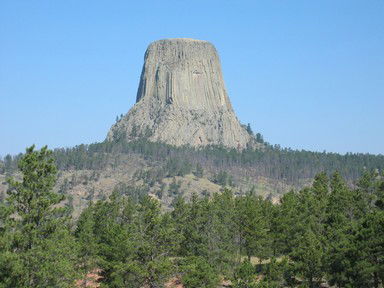
Naturally Wonderful 2 Trivia Quiz
My grandson and I like to plan trips, and we frequently talk about places that we would like to visit together. We have decided this time to stay within the boundaries of the United States and choose sites that we think are great wonders of nature.
A collection quiz
by ponycargirl.
Estimated time: 3 mins.